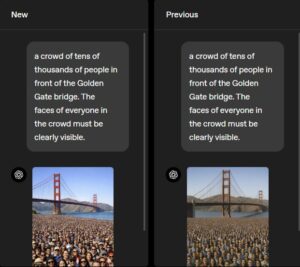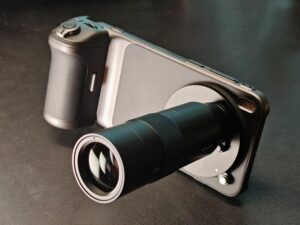When Oppo launched its new Find N3 and Find N3 Flip foldable phones last month, it smartly emphasised their camera capabilities.
Most foldable phones have camera systems that are good but not at the level of flagship candy-bar variants, so having a foldable phone with a good camera system is something to look forward to.
On first glance, the larger Oppo Find N3 resembles other foldable phones, such as the Samsung Galaxy Z Fold, Huawei Mate X5 and Vivo X Fold. The Find N3 Flip has the same silhouette as the Samsung Galaxy Z Flip.
Like their predecessors, the new Oppo phones do not have a perceivable gap when folded. The creases on the screens are not perceivable from a regular viewing angle and do not jut out as much when you move your finger across the screen.
The hinges on the phones feel robust and give a very satisfying ‘thud’ when folded. It reminds me of my old Motorola Startac. This add to the perception that the phones are well put together.
There is one small gripe though – the larger Find N3 does not open flat as the two halves and the hinge are not aligned when looking down the top or bottom edge. That said, I am nitpicking here since this does not adversely affect the way I use the phone.
At 11.9mm, the Find N3 is thicker than a typical smartphone when folded. However, when unfolded, it measures 6mm, making it thinner than a regular candy-bar phone like the Oppo Find X5 Pro (8.5mm).
Using the Find N3 foldable phone with its 7.82-inch OLED screen opened up is similar to holding a small tablet. Two hands are needed when holding the phone.
The one thing that makes the Find N3 stand out is the 6.31-inch OLED cover screen that has dimensions similar to a typical smartphone screen. With it, the Find N3 feels like a regular smartphone when folded.
Opening up the main screen, you can easily look at maps, scour spreadsheets or read your favourite manga. I find myself opening the foldable less often because the cover screen takes care of a lot of the heavy lifting.

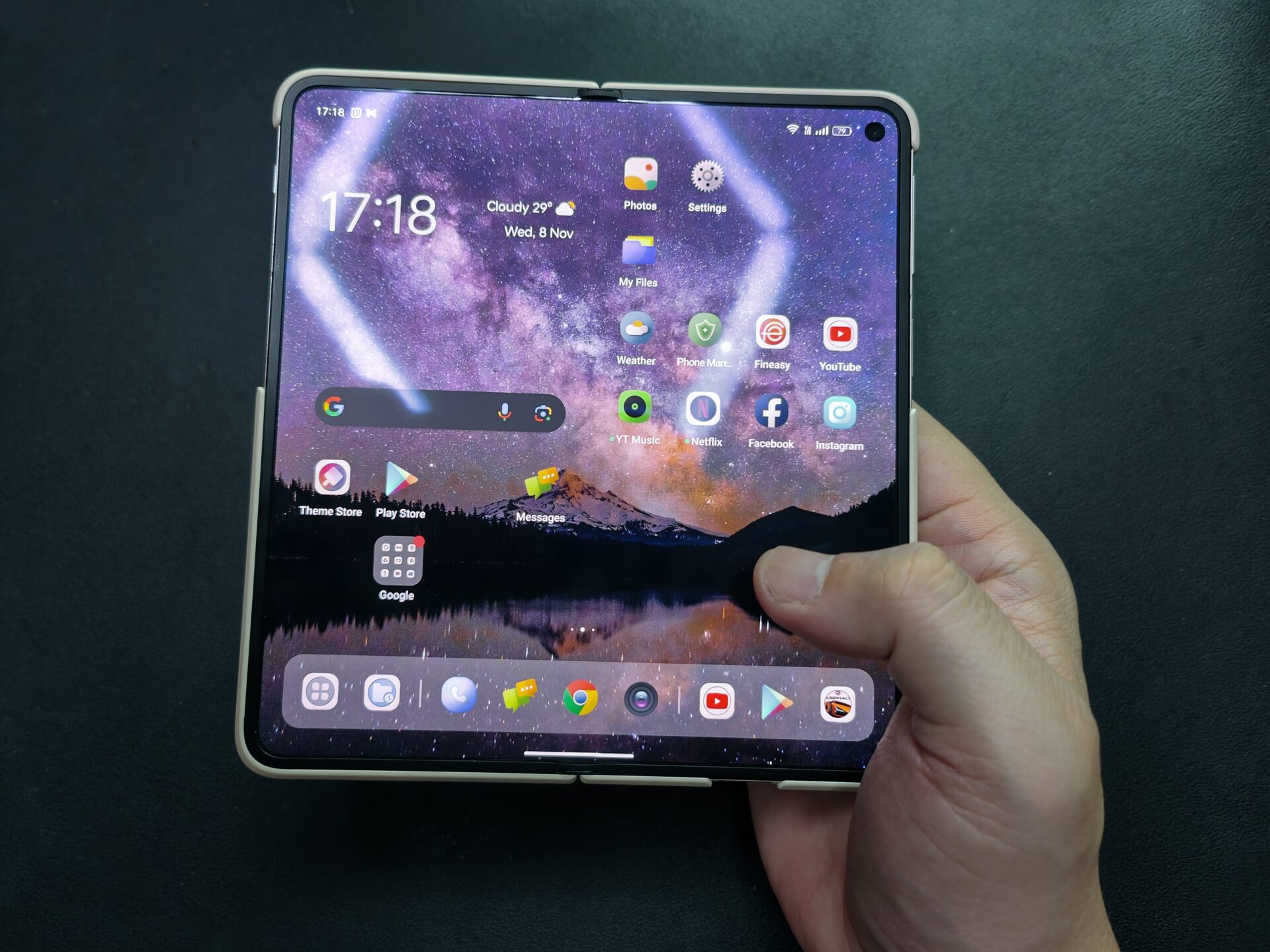
What about the smaller Find N3 Flip, the “flip” version of the two new Oppo foldables? While it does not have a huge cover screen, the 3.26-inch AMOLED screen is still big enough to look at notifications and it lets you reply to messages without flipping open the phone.
The handiness of the Find N3 or the Find N3 Flip depends mainly on users. For those who want a regular-sized smartphone that can be packed inside their everyday bags without taking up much space, the N3 Flip fits the bill perfectly.
Despite having a small screen, I can stream YouTube videos and reply to e-mails and other messages using the N3 Flip’s cover screen easily.
It may be a stretch to use this screen like a typical smartphone for long periods, but it offers a quick way to type a quick reply or watch some K-drama on daily commutes without using the main screen.
However, the bigger Find N3 will be a better fit for professionals who want to read their e-mails without squinting or content creators who need a big screen to edit their photos and videos.
The bigger screen means it is easier to get some serious work done. For example, you can split the screen three ways on the phone so you can read, write and play a video simultaneously.
What the Find N3 lacks is a stylus for sketching, writing, or moving the sliders more accurately in editing apps. So, it does have its limitations.
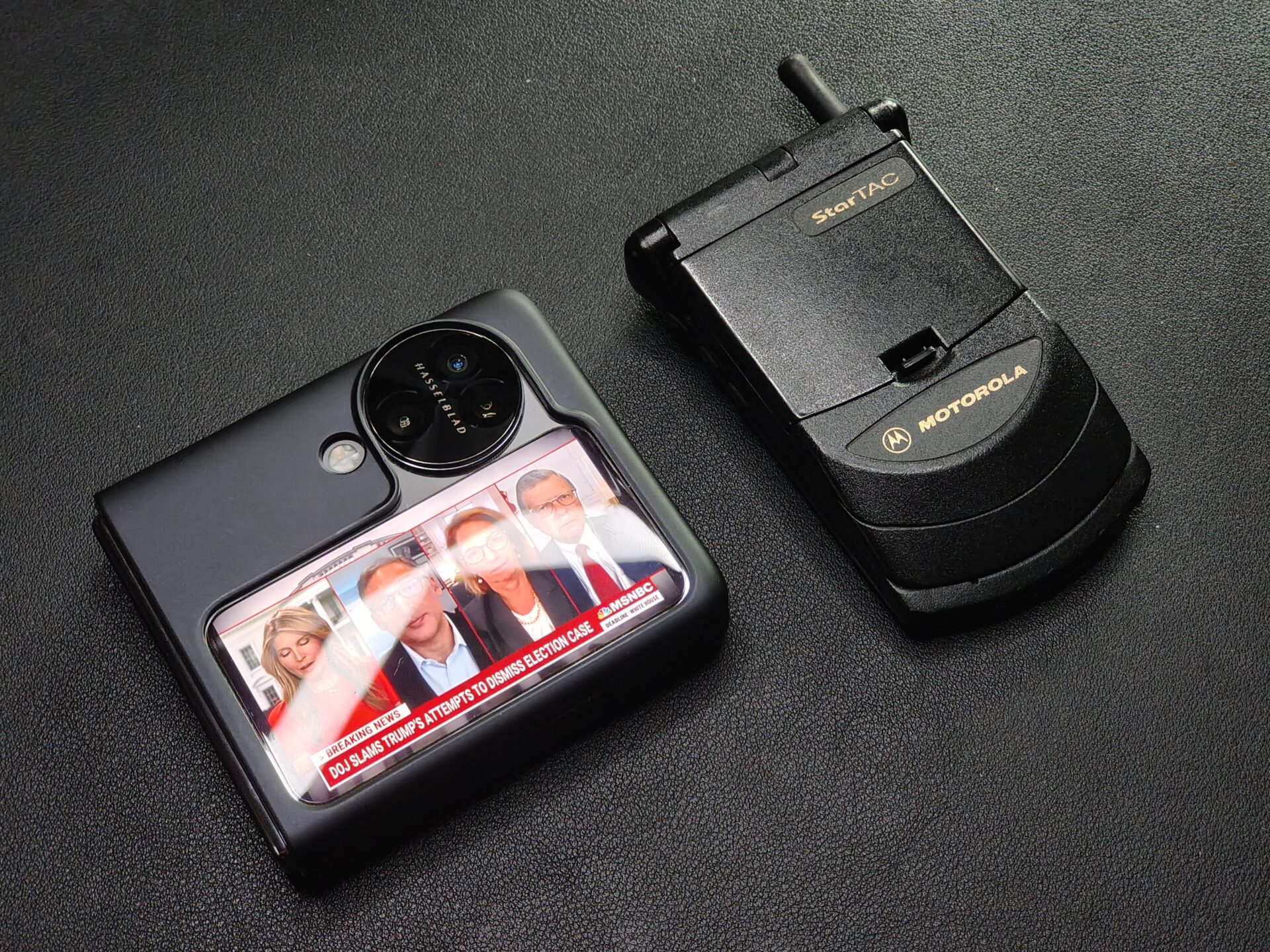
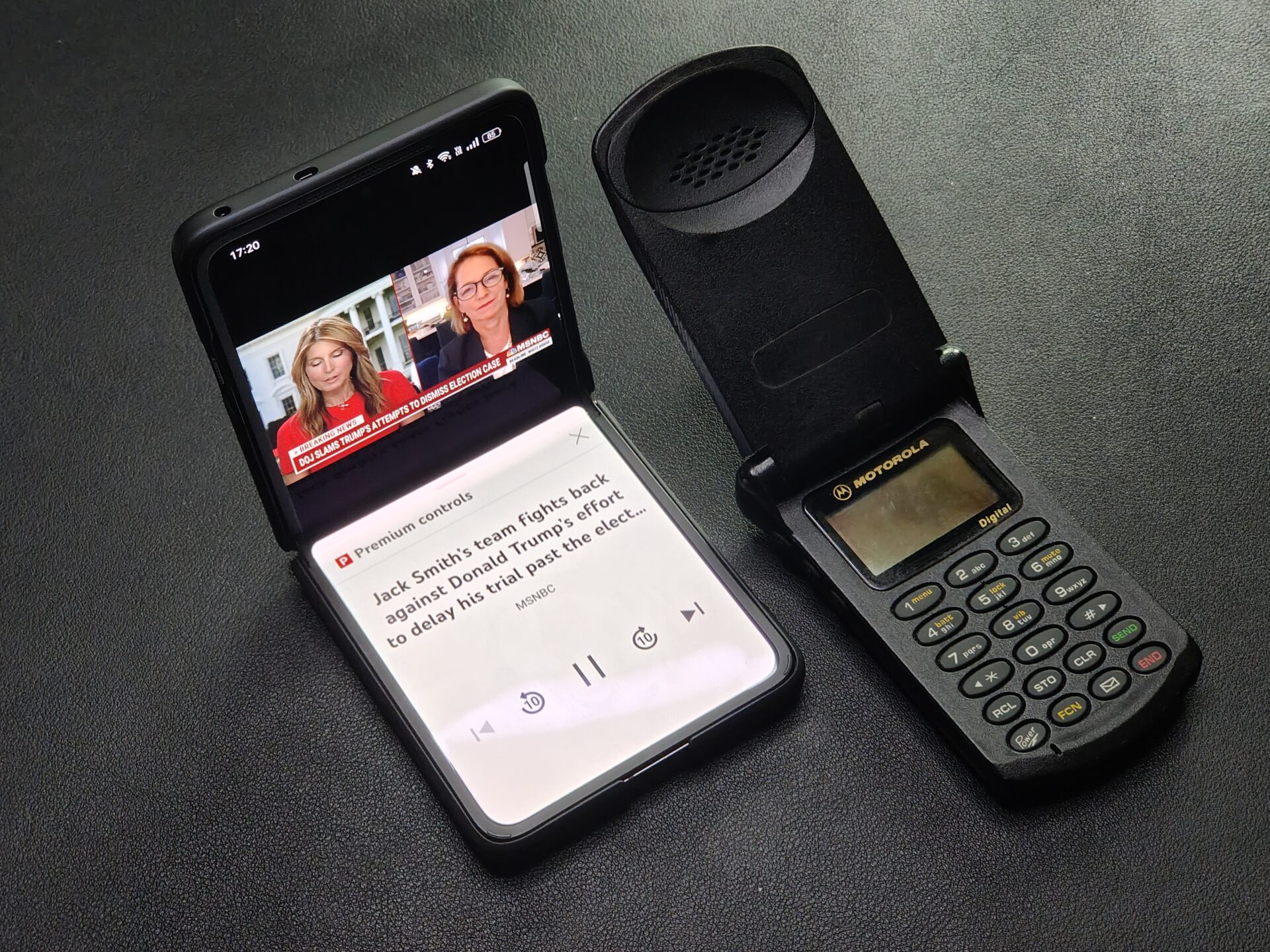
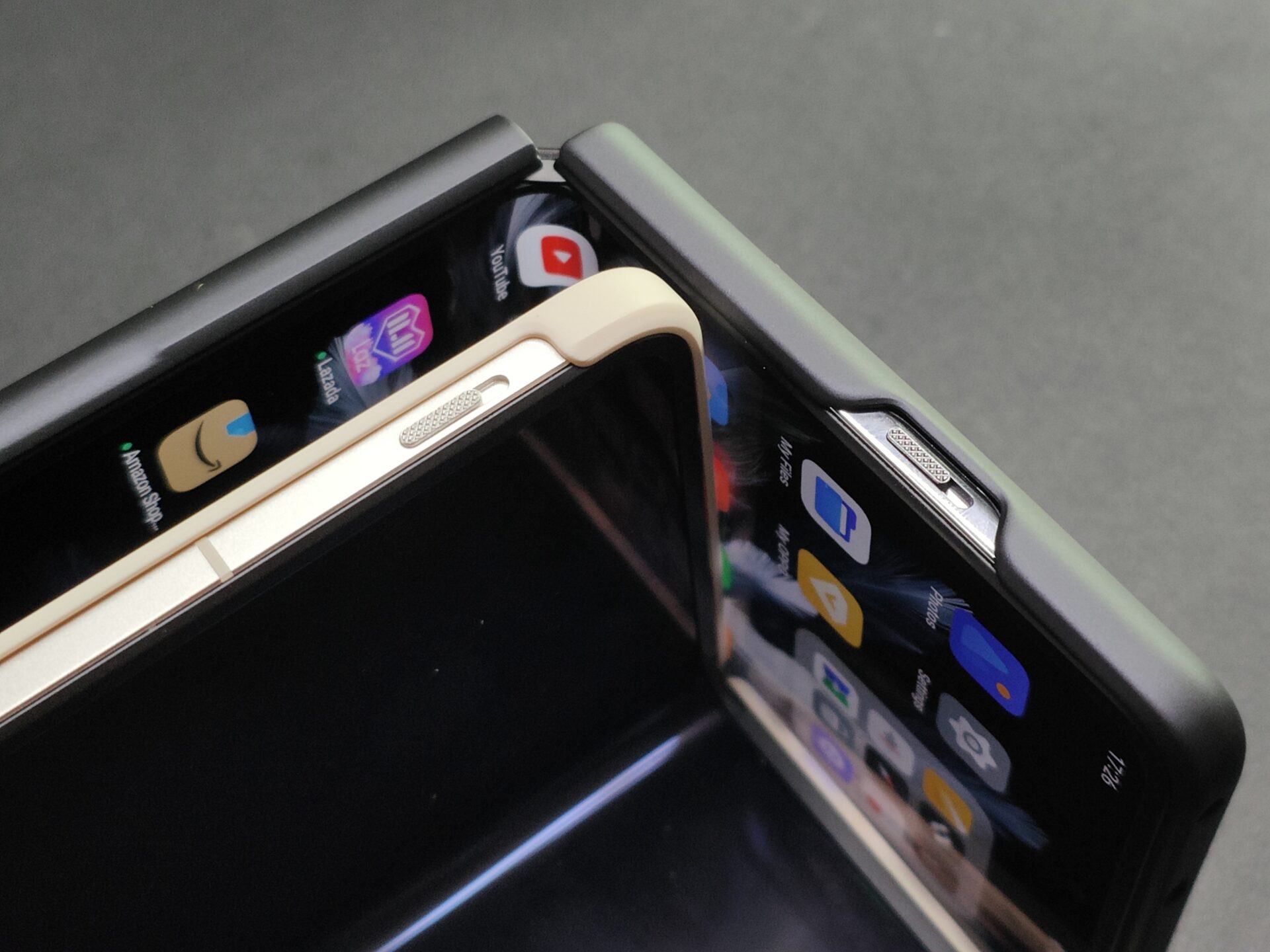
A feature that gets my thumbs-up is the inclusion of OnePlus’s notification slider on the side of the two new Oppo phones (Oppo and OnePlus are linked companies). I can quickly switch to silent or vibrate mode without pulling down the settings menu with the screen on.
More importantly, what excites me are the imaging capabilities on both Oppo phones. The Find N3 comes with a 48-megapixel main camera, a 64-megapixel 3x telephoto camera and a 48-megapixel ultrawide camera.
Meanwhile, the Find N3 Flip has a 50-megapixel main camera, 32-megapixel telephoto camera and 48-megapixel ultrawide camera.
You can still use the 32-megapixel front-facing cameras on the Find N3’s cover screen or the Find N3 Flip’s main screen. Plus, the Find N3 has a second front-facing 20-megapixel camera when unfolded.
While they are more convenient to use, the image quality of these cameras still pales in comparison to the main cameras.
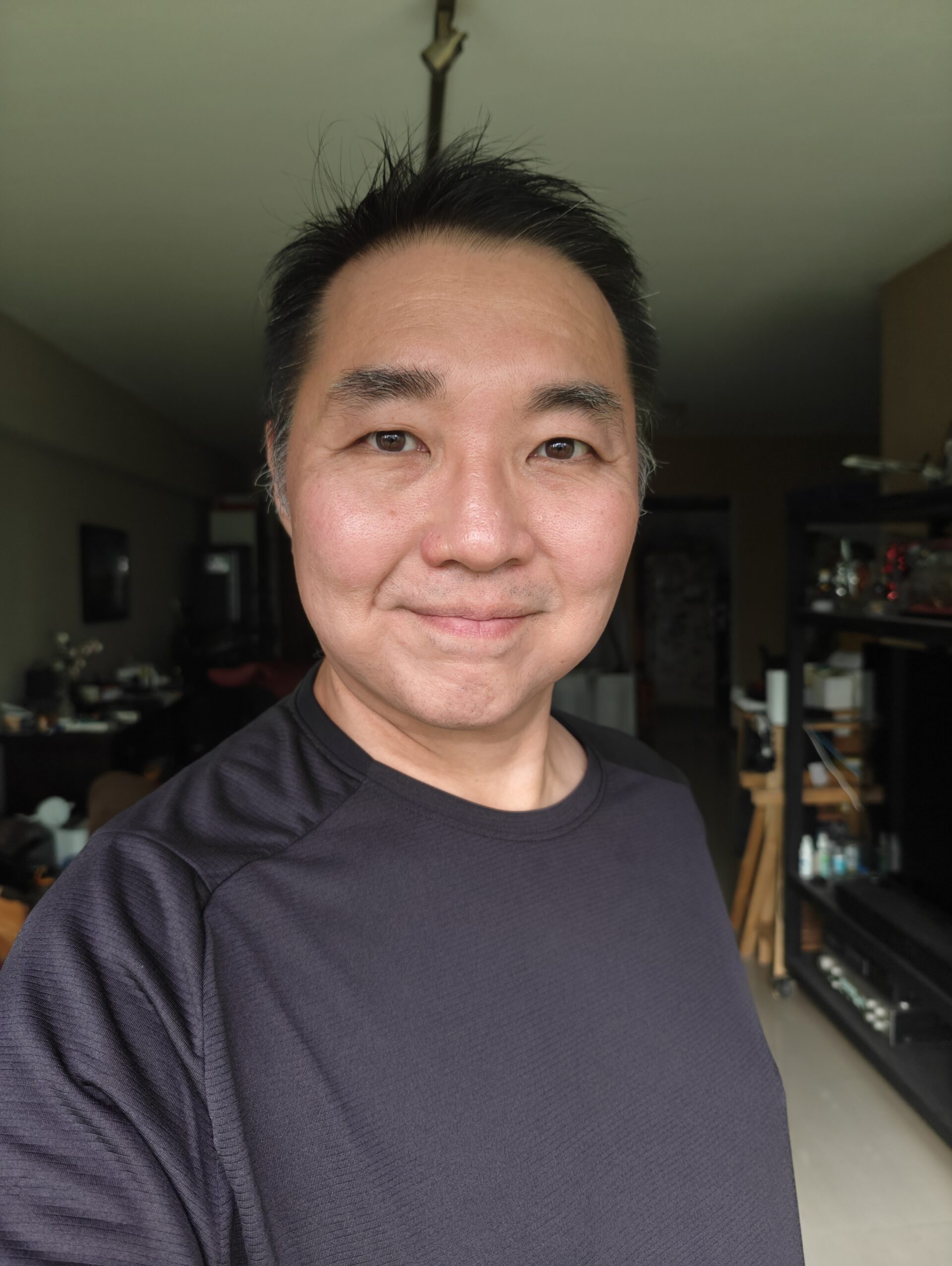
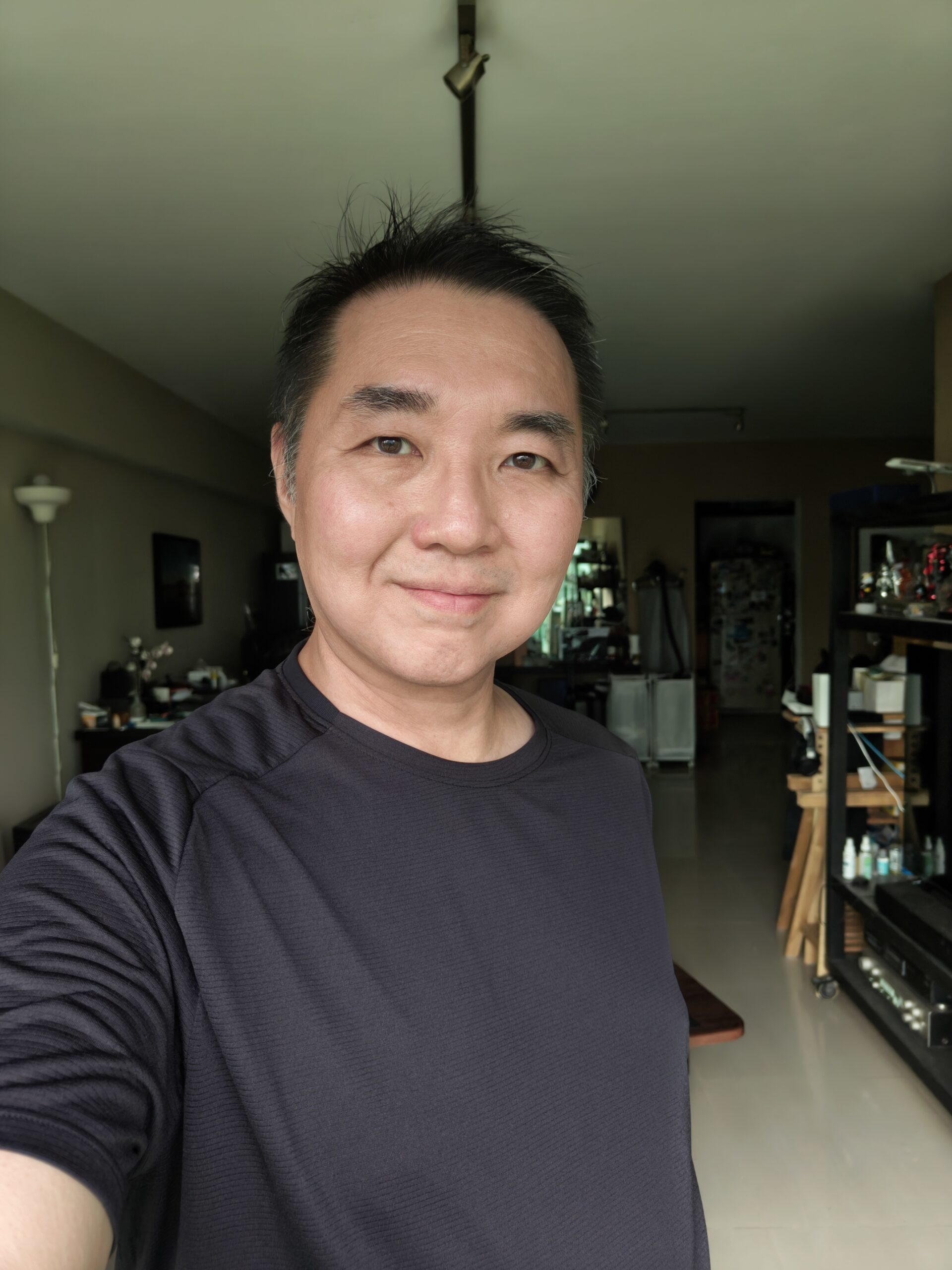
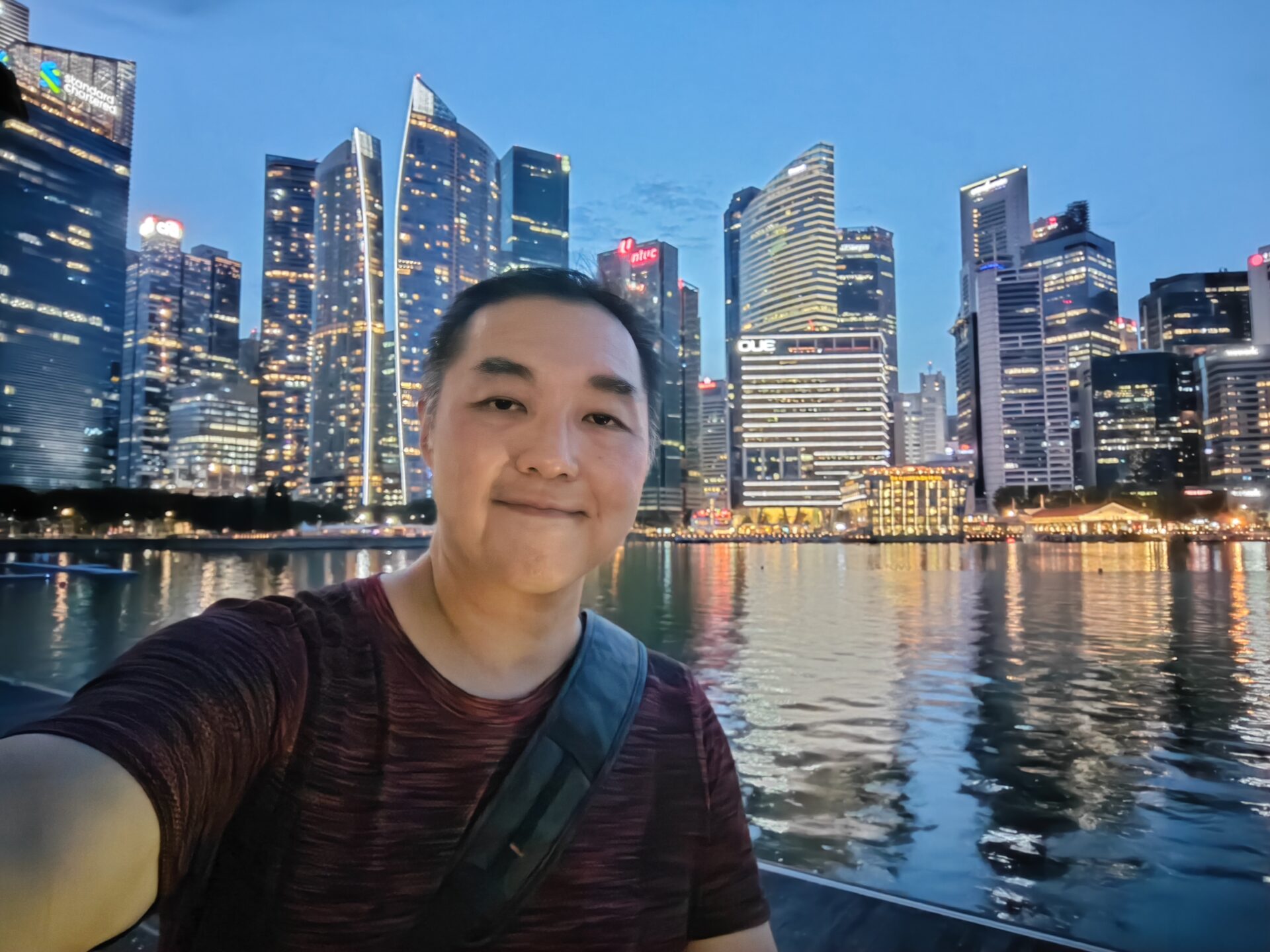
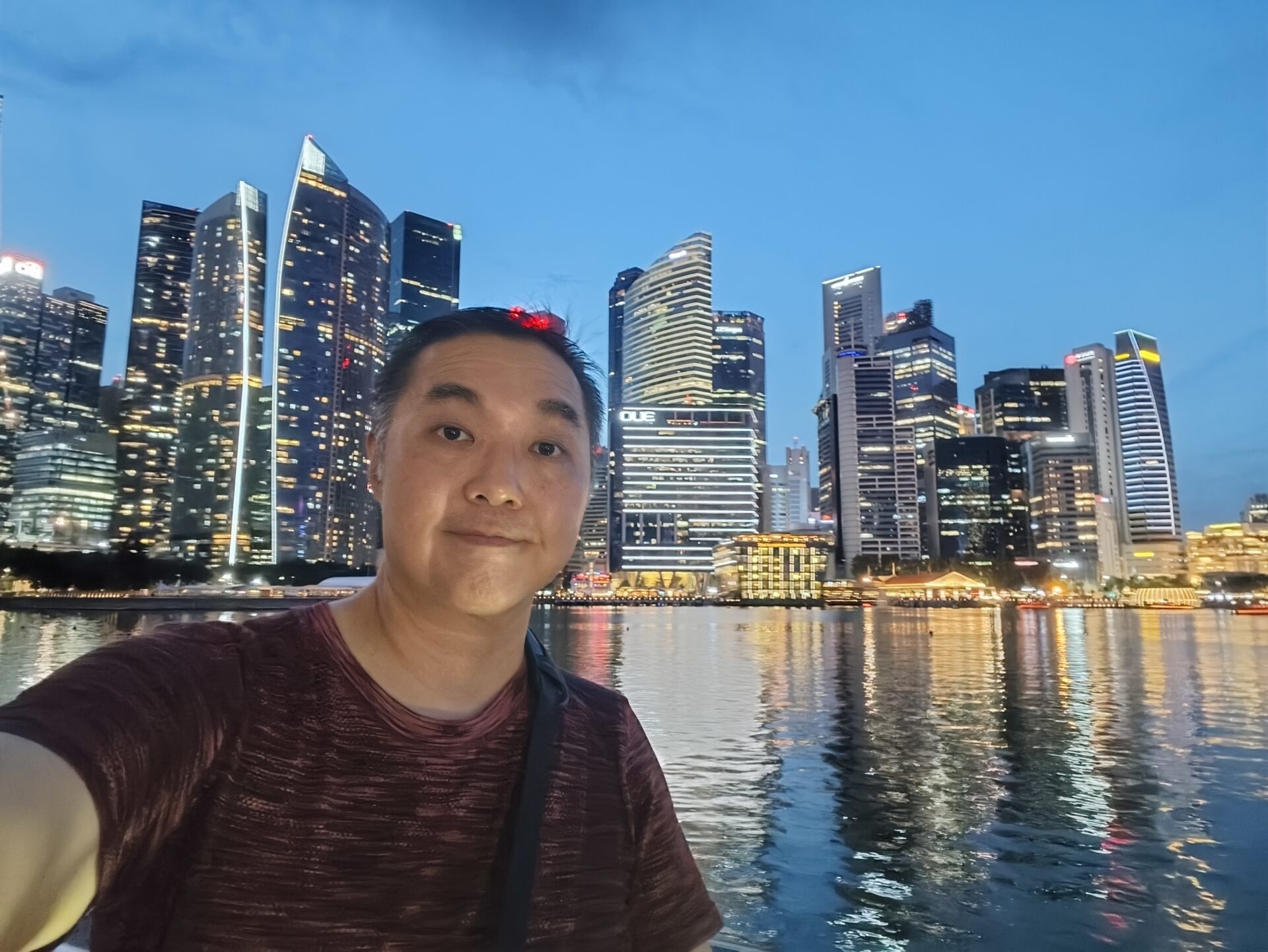
Of the two, the Find N3 Flip is more straightforward when it comes to shooting selfies with the main camera system, whereas the Find N3 is more unwieldy when using the cover screen.
It’s a good thing that both phones’ camera shutters are activated just by showing the palm to the camera, so you can easily get a shot away without fiddling with the controls while framing it.
The cameras from both phones are excellent, especially in low-light environments, with good contrast and sharpness and portraiture with realistic skin tone colours thanks to Swedish imaging company Hasselblad’s inputs. Colour rendition of food and landscape is accurate and pleasant too.
Unsurprisingly, the superior zoom on the Find N3 easily trumps the Find N3 Flip’s when shooting the moon. The Find N3 zoom can reach further at 6x compared to the N3 Flip’s 5x.
During my tests, the AI algorithms kick in to reveal more details of the moon on the larger Find N3. Generally, the Find N3’s camera system is better than the Find N3 Flip’s. However, unlike the smaller flip phone, the Find N3’s ultrawide camera is not available for time-lapse capture.
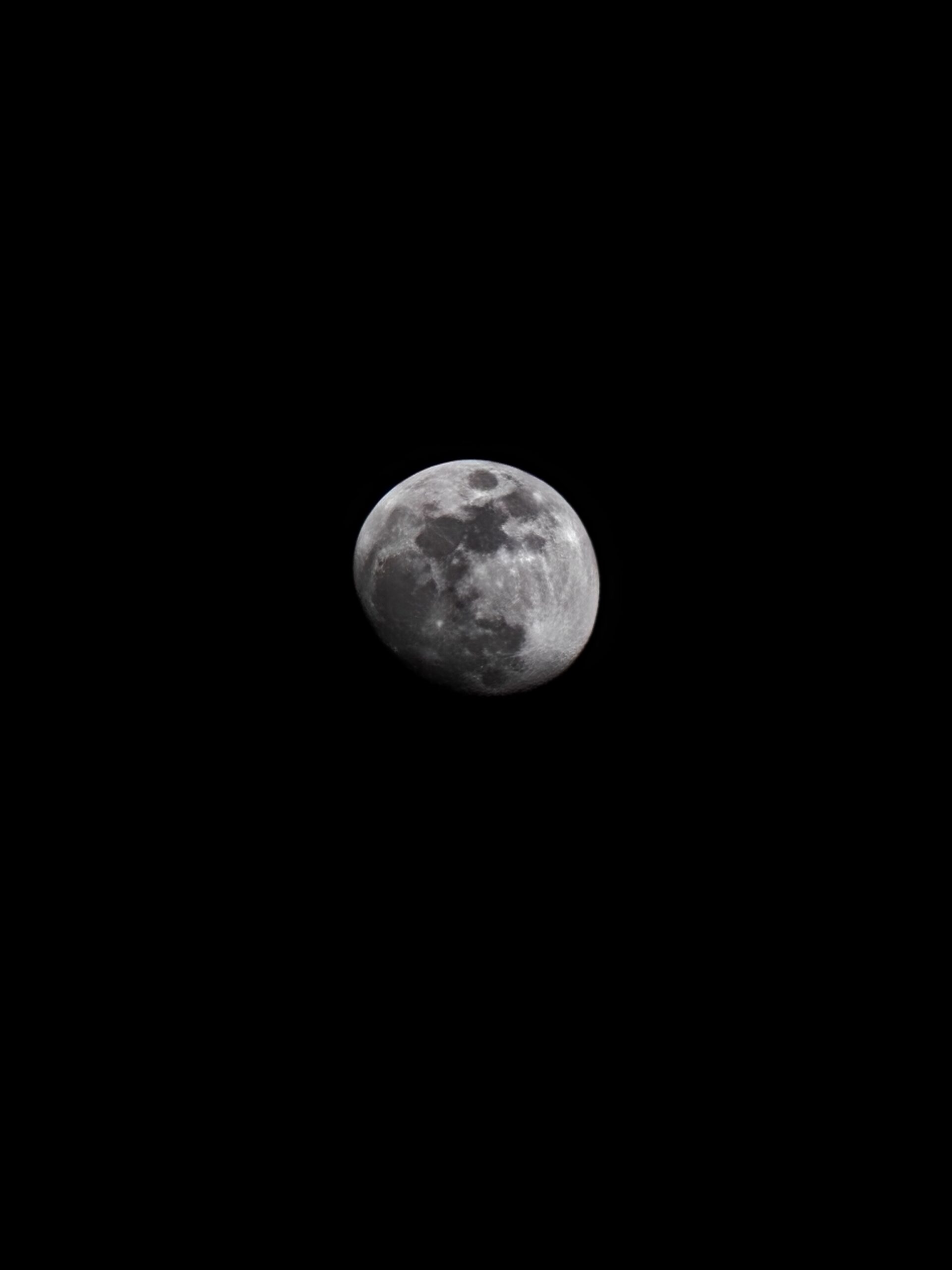
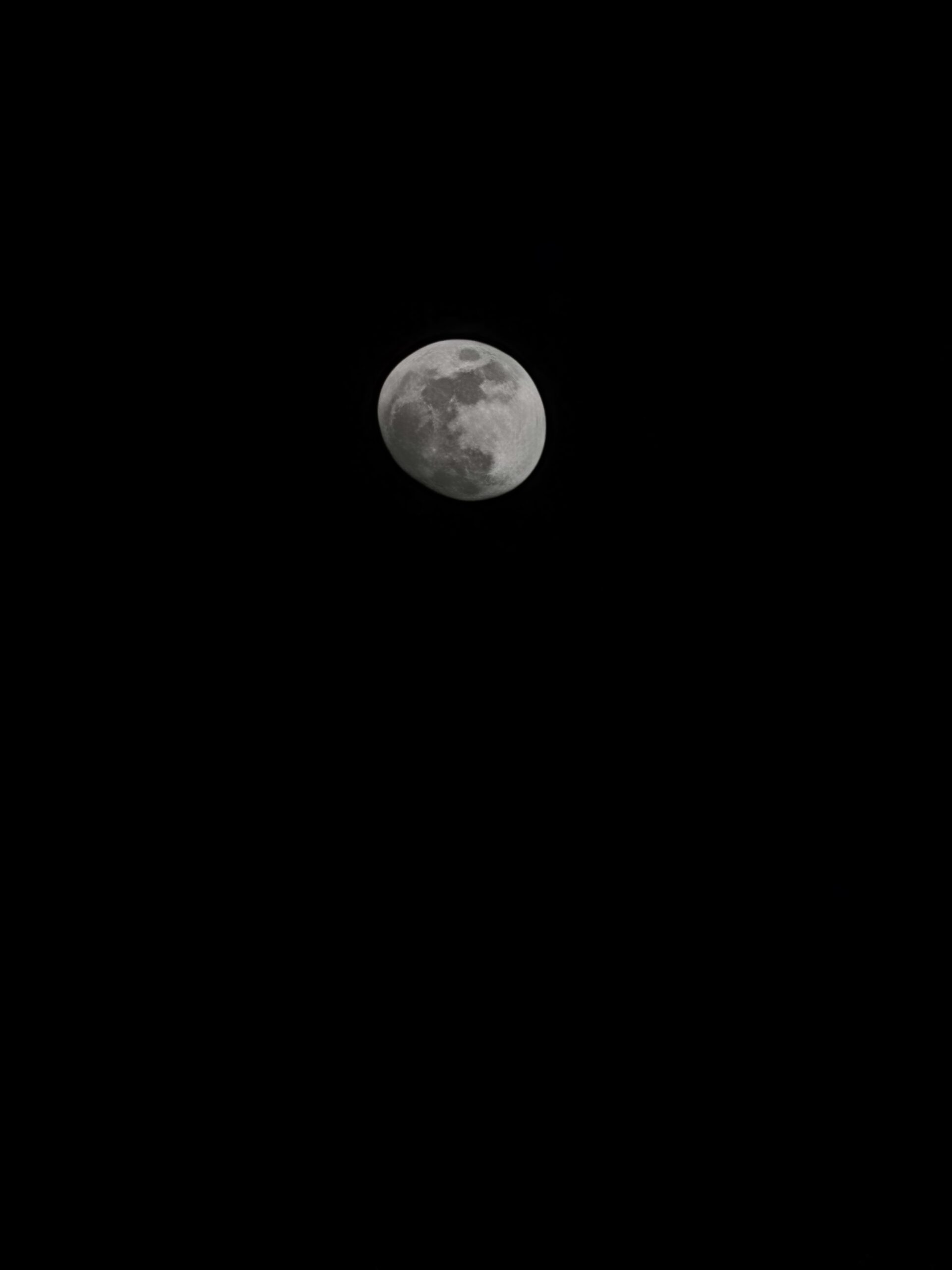
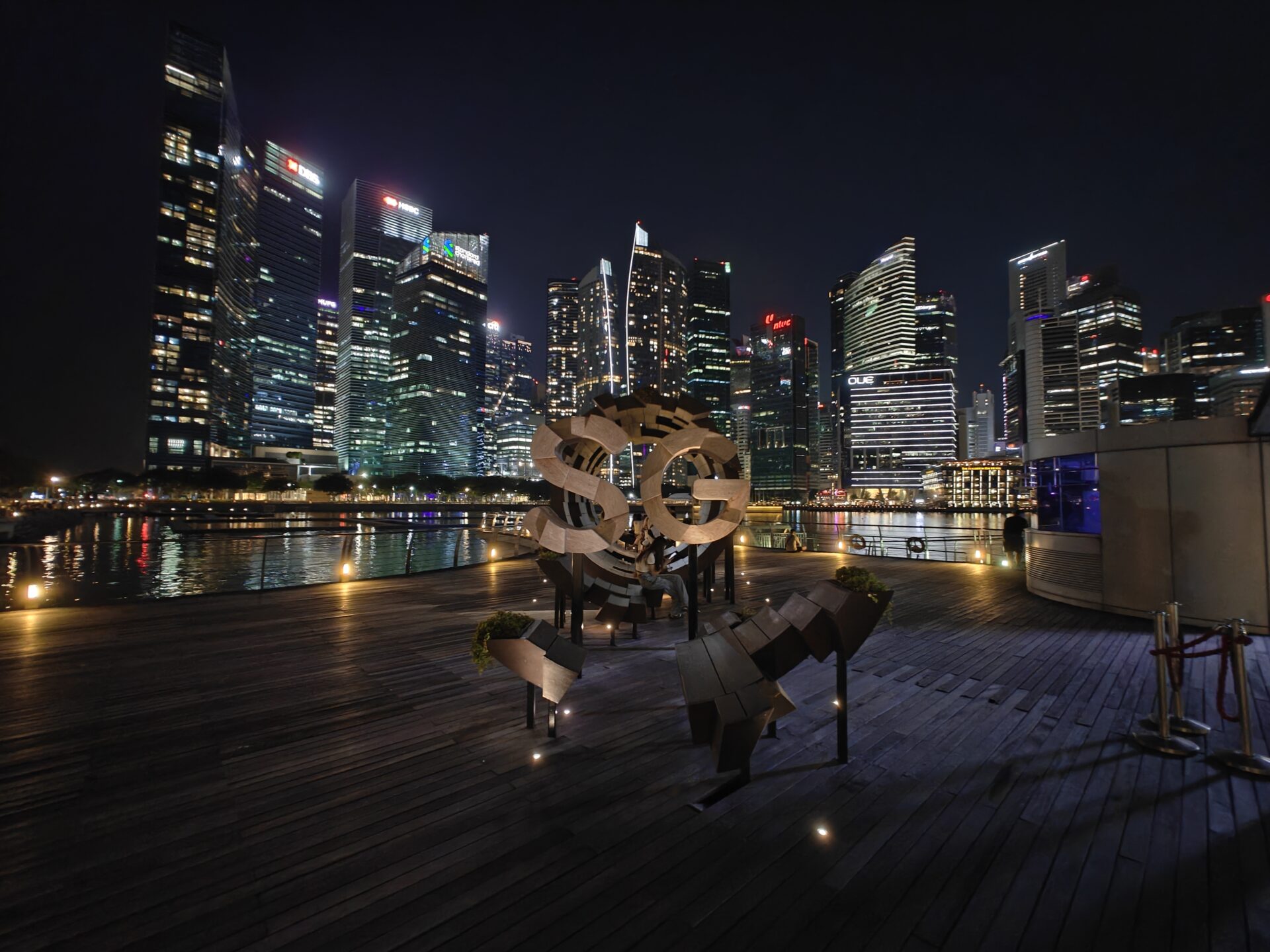

To power everything, the Find N3 has a top-end Qualcomm Snapdragon 8 Gen 2 processor coupled with 16GB of RAM and 512GB of storage. The Find N3 Flip is less well-endowed but still decent with a MediaTek Dimensity 9200 chip, 12GB of RAM and 256GB of storage.
On the PCMark benchmark test, the Find N3 churns out a score of 10,549, which is higher than the Find N3 Flip’s 9,335. It is a similar outcome with 3DMark’s Wildlife stress test. The Find N3 Flip’s 10,592 is noticeably lower than the Find N3’s 12,434.
That said, both phones have maxed out 3DMark’s Wildlife standard test, implying that they both are capable phones in terms of performance.
I also fired up both Asphalt 9 and Call of Duty on both phones, and they performed without any hitches. If you’re using them for daily activities like video streaming or wireless payment, you don’t have to worry about performance.
Should you buy one of the two new foldable phones from Oppo? What stands out for me is their image quality.
In the past, you had to choose between having an innovative folding screen and the superior cameras usually found on regular, candy-bar phones.
The good news is that the Find N3 and Find N3 Flip now come with much improved cameras, matching what you can find on the best flagship phones.
So, if you are after good photos and videos from your foldable phones, the new Oppo phones are worth checking out. The Oppo Find N3 is now available at S$2,399 and the Find N3 Flip costs S$1,499.


